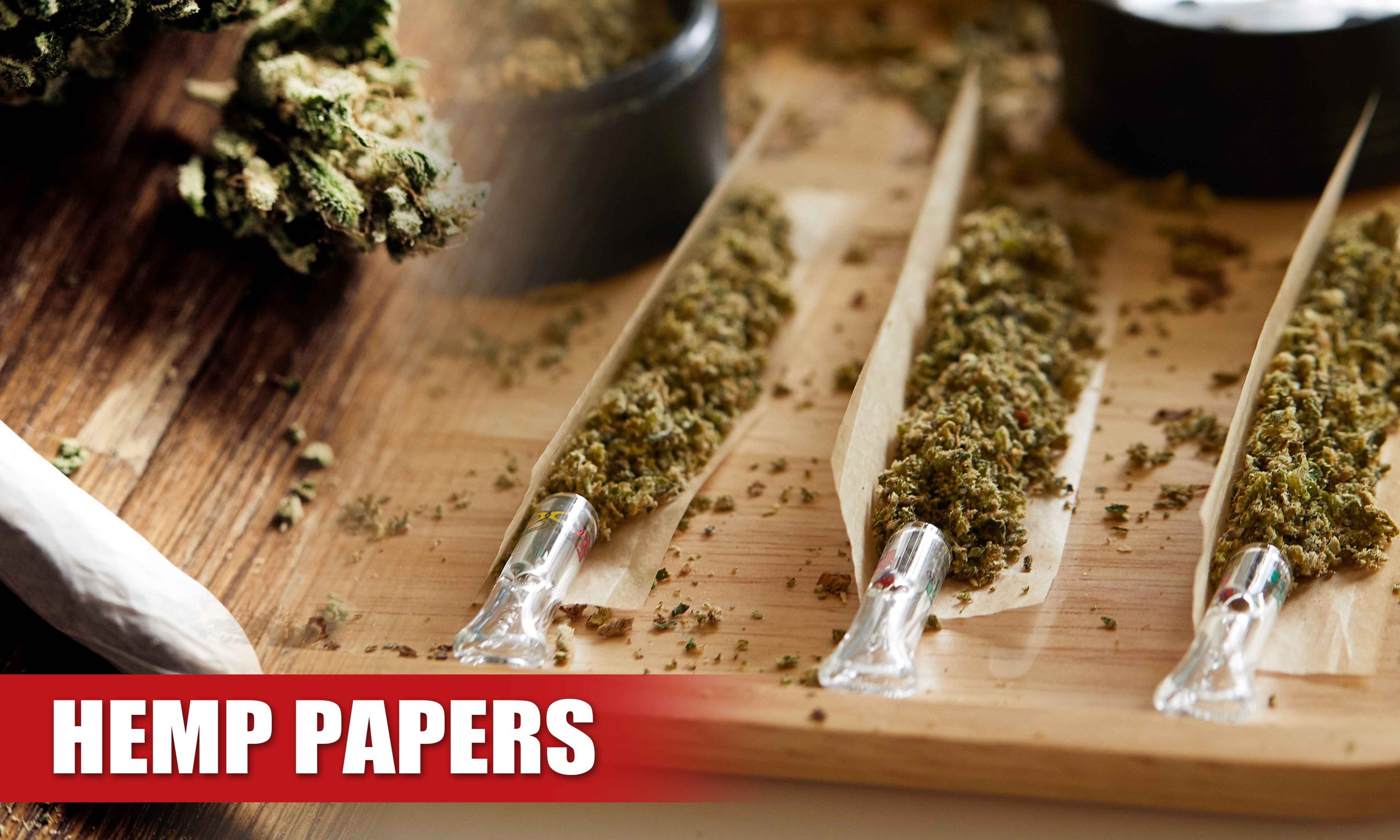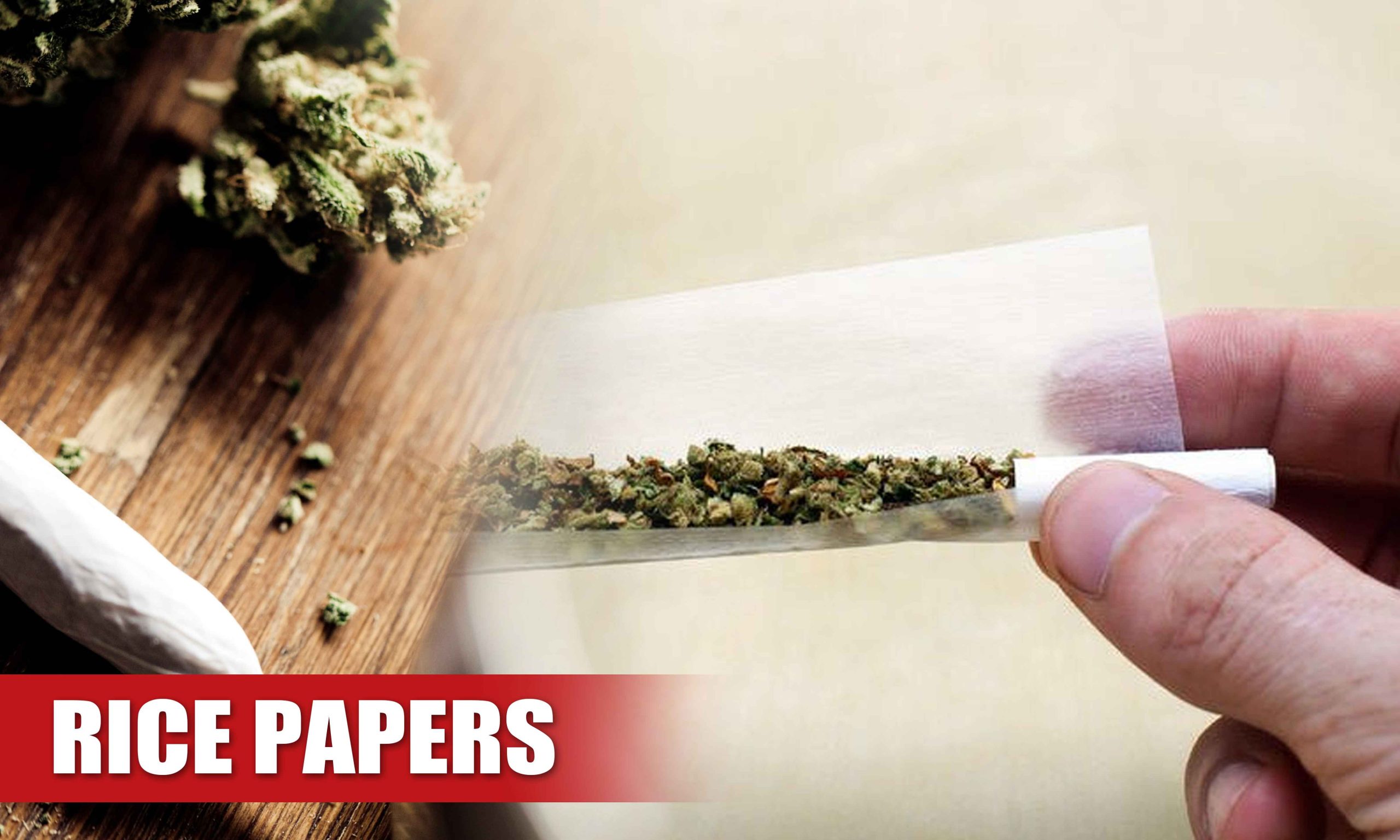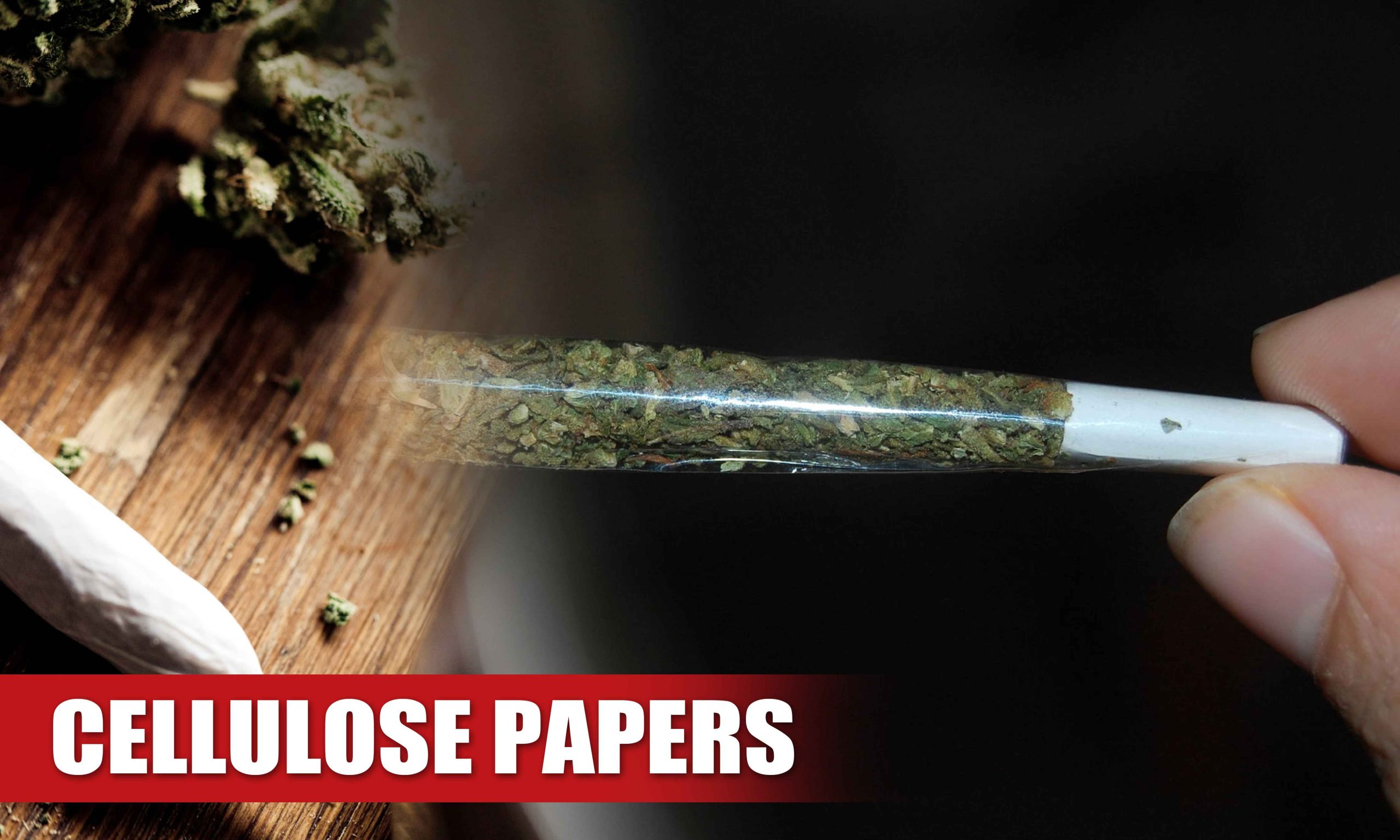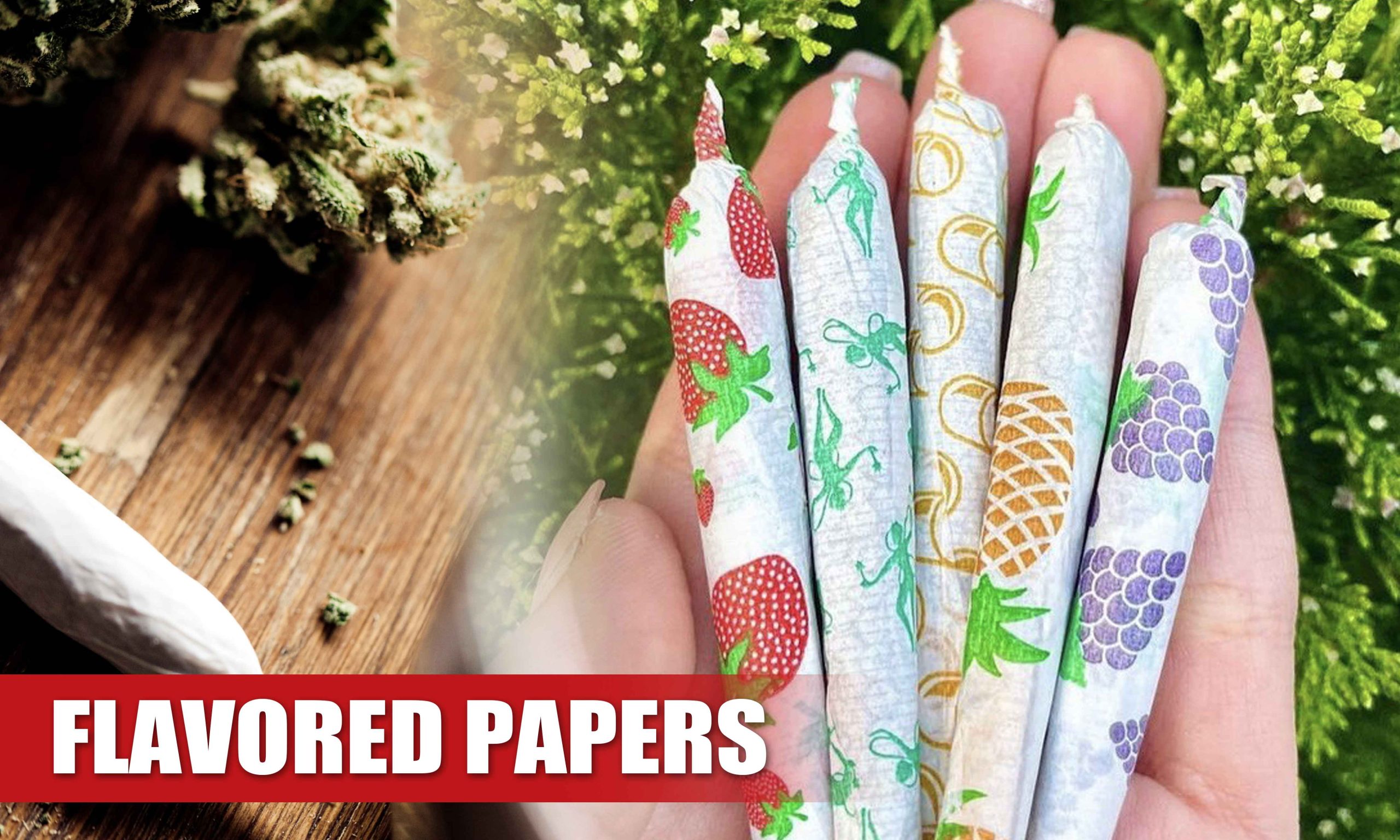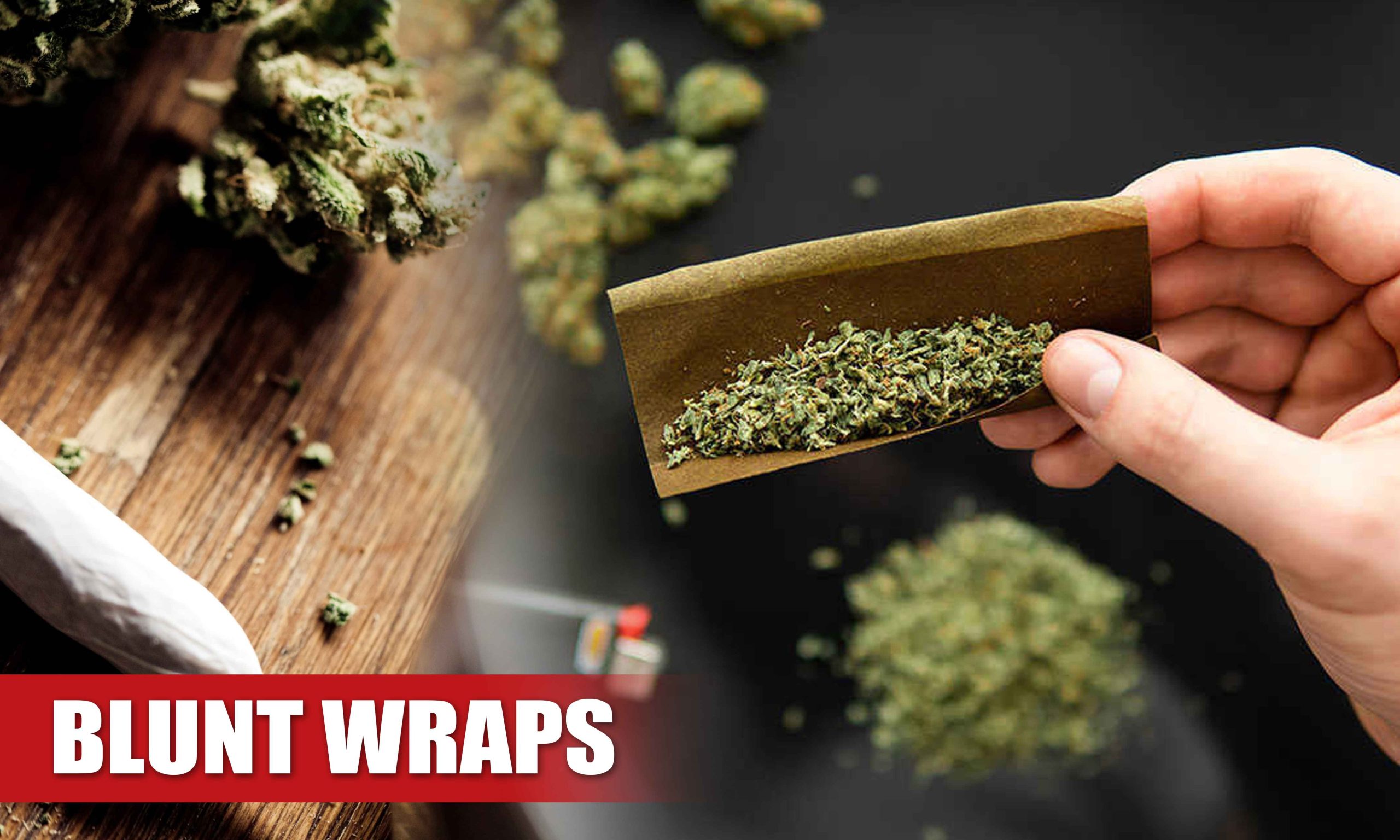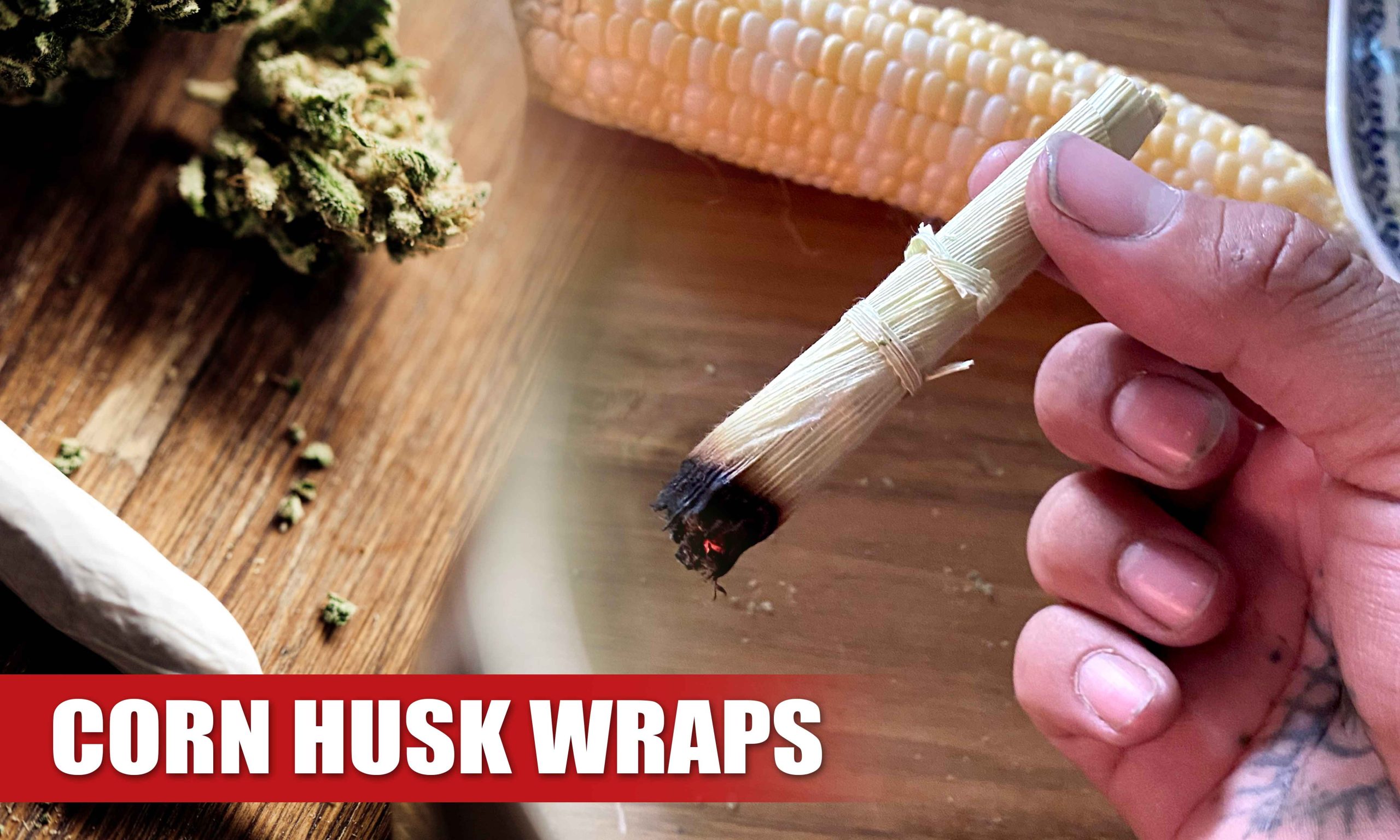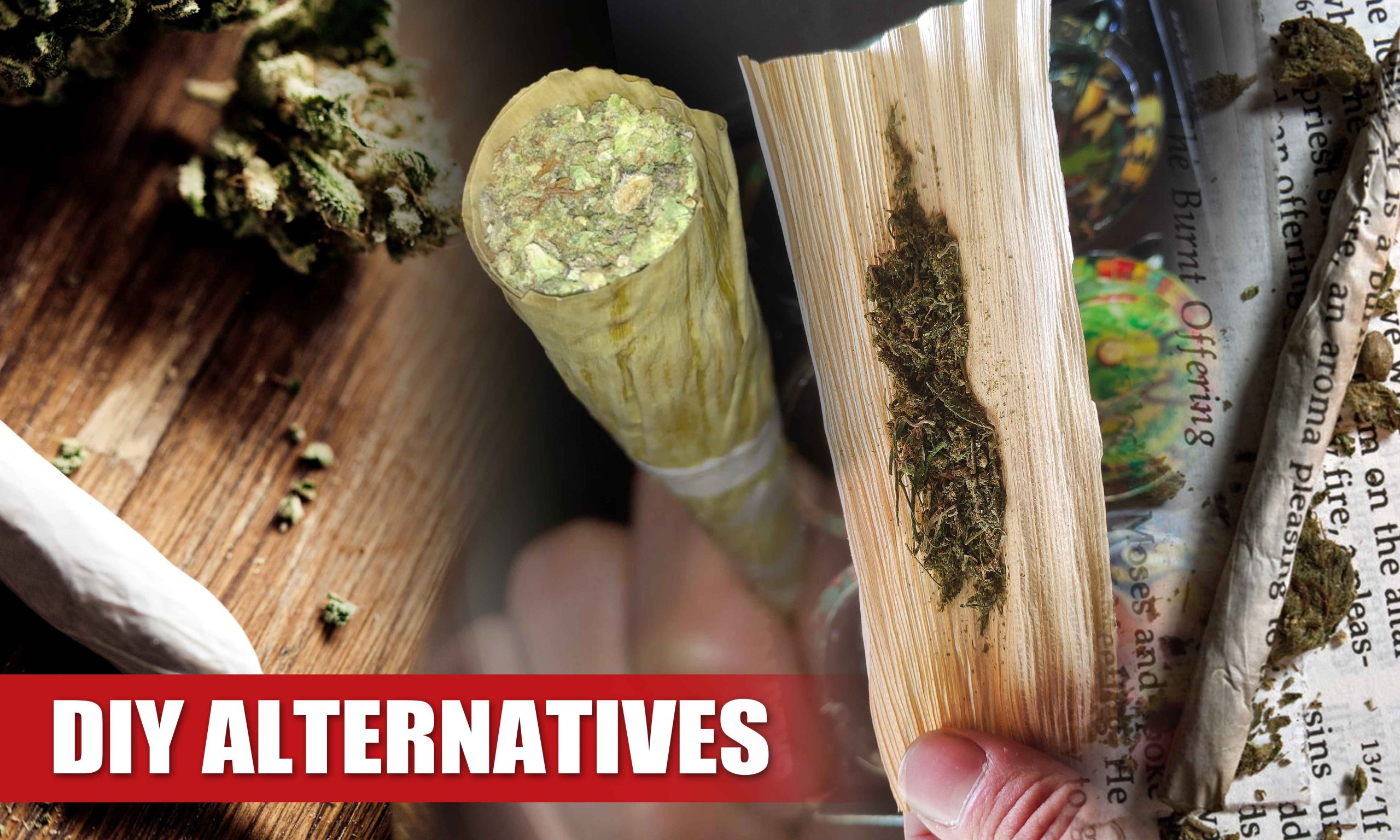When it comes to rolling your own cigarettes or joints, choosing what to use as rolling paper is essential for a smooth smoking experience. Various options are available for rolling papers, each with its unique characteristics and benefits.
Understanding the different kinds of rolling papers can help you make an informed decision based on your preferences and smoking habits. From traditional options like rice and hemp papers to innovative choices such as cellulose and flavored papers, there’s a rolling paper suitable for every smoker’s needs. Let’s explore the diverse range of rolling papers and their features to help you decide what to use for your next smoke session.
Why Use Rolling Paper?
Rolling papers are used to roll tobacco or herbal cigarettes, allowing users to enjoy a convenient and customizable smoking experience. They provide a portable and discreet way to consume tobacco or herbs without the need for bulky smoking apparatus. Additionally, rolling papers come in various sizes, materials, and flavors, catering to individual preferences. They offer a smoother smoke compared to other methods and allow users to control the quantity and quality of their smoking materials. Overall, rolling papers are favored for their simplicity, versatility, and ability to enhance the smoking ritual for enthusiasts.
How to Make DIY Rolling Paper
Creating your own rolling paper can be a fun and rewarding process, allowing you to customize your smoking experience to your preferences. Here’s a simple guide on how to make rolling paper at home:
Choose Your Material:
The first step in making rolling paper is selecting the material you want to use. Common options include rice paper, hemp paper, or even vegetable-based materials like lettuce leaves or corn husks. Each material will offer a slightly different smoking experience, so choose one that best suits your preferences.
- Prepare the Material:
If you’re using a natural material like lettuce leaves or corn husks, you’ll need to dry them thoroughly before use. Lay them out in a single layer and allow them to air dry for several hours or use a low-heat oven to speed up the process. For rice or hemp paper, you can skip this step as they are already dried and ready to use. - Flatten and Trim:
Once your chosen material is dry, flatten it out using a rolling pin or heavy object to ensure a smooth surface. Use scissors to trim the material into rectangular shapes of your desired size. Aim for uniformity in size to ensure consistent rolling. - Optional: Add Flavors or Designs:
If you want to add extra flavor or visual appeal to your rolling paper, you can do so at this stage. Consider brushing the paper with a thin layer of flavored syrup or adding edible ink designs for a unique touch. Be sure to let any added ingredients dry completely before rolling. - Roll Your Smoke:
Now that your rolling paper is prepared, it’s time to roll your smoke. Place your desired smoking material onto the paper and use your fingers to evenly distribute it along the length of the paper. Carefully roll the paper around the contents, tucking in the edges as you go to create a tight seal. - Seal and Enjoy:
Once your smoke is rolled, use a small amount of moisture (such as saliva or water) to seal the edge of the paper. Press down firmly to ensure a secure seal, then allow the paper to dry for a few moments before lighting up and enjoying your homemade smoke.
By following these simple steps, you can create your own rolling paper at home and customize your smoking experience to your liking. Experiment with different materials, flavors, and designs to find the perfect combination for you.
Types Of Rolling Papers
Rolling papers are an essential tool for smokers who prefer to roll their own cigarettes or joints. These thin sheets of paper come in various sizes, materials, and flavors, catering to different preferences and smoking experiences. Let’s explore some alternatives to traditional rolling papers:
1. Hemp Papers: Made from hemp fibers, these papers are environmentally friendly and burn evenly. They are thin and offer a clean taste without any added chemicals. Hemp papers are a popular choice among health-conscious consumers.
2. Rice Papers: Rice papers are ultra-thin and provide a smooth smoking experience. They are virtually tasteless and burn slowly, allowing you to enjoy your smoke without any added flavor interference.
3. Cellulose Papers: These transparent papers are made from plant cellulose and are completely tasteless and odorless. They burn evenly and leave behind minimal ash, making them a popular choice for those who want a clean smoking experience.
4. Flavored Papers: For those who enjoy a little extra flavor, flavored rolling papers are available in various options such as fruit, chocolate, or even mint. These papers add a subtle taste to your smoke and can enhance your smoking experience.
5. Blunt Wraps: Blunt wraps are made from tobacco leaves and offer a slow, flavorful burn. They come in a variety of flavors and are perfect for those who enjoy the taste of tobacco in their smoke.
6. Corn Husk Wraps: These natural alternatives are made from dried corn husks and provide a unique smoking experience. They burn slowly and impart a mild, sweet flavor to your smoke.
7. DIY Alternatives: In a pinch, you can get creative and use various household items as rolling paper substitutes. Options include corn husks, banana leaves, or even the pages of a Bible (though this may not be ideal for everyone).
Traits of Rolling Papers
Rolling papers are an essential component for any avid smoker, providing a vessel for enjoying tobacco or herbs. Understanding the characteristics of different rolling papers can enhance the smoking experience and cater to individual preferences.
By exploring these traits, smokers can tailor their smoking experience to suit their preferences and elevate their enjoyment of tobacco or herbs. Whether seeking a slow-burning, flavorful puff or a quick and efficient smoke, there is a rolling paper available to meet every need.
Material Composition:
Rolling papers are crafted from various materials, each offering distinct qualities. Common materials include rice, hemp, wood pulp, and flax. Rice papers are thin and burn evenly with minimal ash, while hemp papers provide a smoother smoke and are eco-friendly. Wood pulp papers are thicker and burn faster, ideal for those who prefer a quicker smoking session. Flax papers offer a balance between thickness and burn rate, suitable for versatile smoking experiences.
Size and Thickness:
Rolling papers come in a variety of sizes and thicknesses, catering to different preferences and rolling techniques. Standard sizes include single wide, 1 1/4, 1 1/2, king size, and king size slim. Thinner papers allow for better flavor retention and slower burning, whereas thicker papers are more durable and easier to handle. The choice of size and thickness depends on personal smoking habits and preferences.
Flavor and Additives:
Some rolling papers are infused with flavors or additives, enhancing the smoking experience with subtle taste variations. Common flavors include menthol, fruit, and spice, adding a hint of complexity to each puff. Additionally, certain papers are treated with additives like gum arabic or vegetable glycerin to improve adhesive properties and ensure a smooth seal. While flavored papers can enhance enjoyment for some, others prefer the natural taste of unadulterated tobacco or herbs.
Transparency and Opacity:
Transparency refers to the clarity of a rolling paper, with some papers being more translucent than others. Transparent papers allow smokers to see the contents inside, providing a visual cue of the burning process. Opacity, on the other hand, offers discretion for those who prefer a more discreet smoking experience. The choice between transparency and opacity is a matter of personal preference and aesthetic appeal.
Burning Characteristics:
The burning characteristics of rolling papers influence the overall smoking experience, including burn rate, ash production, and flavor retention. Thin papers tend to burn slower and produce less ash, while thicker papers may burn faster with more residue. Additionally, some papers feature built-in filters or crisscross patterns to regulate airflow and improve combustion. Understanding the burning characteristics can help smokers choose papers that align with their desired smoking pace and flavor profile.
White Rolling Paper & Brown Rolling Paper? How do they differ?
White rolling papers are typically made from wood pulp and are bleached to achieve their bright color. They offer a classic and clean smoking experience, with a smooth burn and minimal interference with the flavor of the smoking material. White papers are popular among smokers for their traditional appearance and versatility, as they come in various sizes and thicknesses to suit different preferences.
On the other hand, brown rolling papers are often unbleached and made from natural fibers such as hemp or rice. They have a more rustic appearance and may contain small specks or imperfections, reflecting their natural origins. Brown papers provide a more environmentally friendly option for smokers who prioritize sustainability, as they are free from the chemicals used in the bleaching process. They offer a slightly different smoking experience, with a subtle earthy flavor that compliments certain types of smoking material.
Benefits Of Using Rolling Paper
Using rolling paper offers several benefits to smokers. Firstly, it provides convenience and flexibility, allowing individuals to roll their own cigarettes or joints according to their preferences. It also offers cost-effectiveness, as rolling your own smokes can be more economical than purchasing pre-rolled products.
Rolling paper allows for customization, with options available in various sizes, materials, and flavors to enhance the smoking experience. Moreover, using rolling paper gives smokers greater control over the contents of their smokes, ensuring a more tailored and enjoyable smoking session. Overall, rolling paper facilitates a personalized and satisfying smoking experience for enthusiasts.
Conclusion
The best rolling paper for you will depend on your personal preferences and smoking habits. Whether you prefer a thin, tasteless paper or a flavored option, there are plenty of alternatives to choose from. Experiment with different types to find the one that suits your needs and enhances your smoking experience.
Whether opting for classic white papers or eco-friendly brown ones, smokers can enjoy a tailored smoking session that suits their preferences. With the ability to roll their own cigarettes or joints, individuals can indulge in a ritualistic and satisfying smoking experience that reflects their personal taste and style.
Frequently Asked Questions
1. What is rolling paper?
Rolling paper is a thin sheet of paper used to roll cigarettes or joints by hand. It provides a convenient and customizable way for smokers to prepare their own smokes according to their preferences.
2. How do I choose the right rolling paper for me?
When choosing rolling paper, consider factors such as material, size, thickness, and flavor. Experiment with different options to find the one that best suits your smoking preferences and enhances your overall smoking experience.
3. Where can I buy rolling papers?
Rolling papers are widely available for purchase at convenience stores, smoke shops, and online retailers. They come in a variety of brands, styles, and flavors, allowing smokers to find the perfect option for their preferences.
4. What are rolling papers made of?
Rolling papers are typically made from materials such as rice, hemp, cellulose, or flax. These materials are thin, lightweight, and burn evenly, making them ideal for rolling cigarettes or joints. Some rolling papers may also be flavored or infused with natural extracts for added taste.
5. Are flavored rolling papers safe to smoke?
Flavored rolling papers are generally considered safe to smoke when made from natural ingredients. However, some flavored papers may contain artificial additives or flavorings that can be harmful when burned and inhaled. It’s best to choose flavored rolling papers made from natural extracts or essential oils to minimize health risks associated with smoking.



